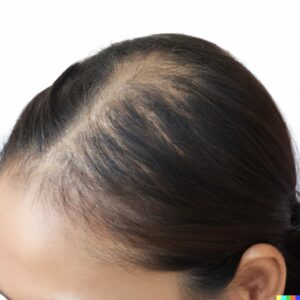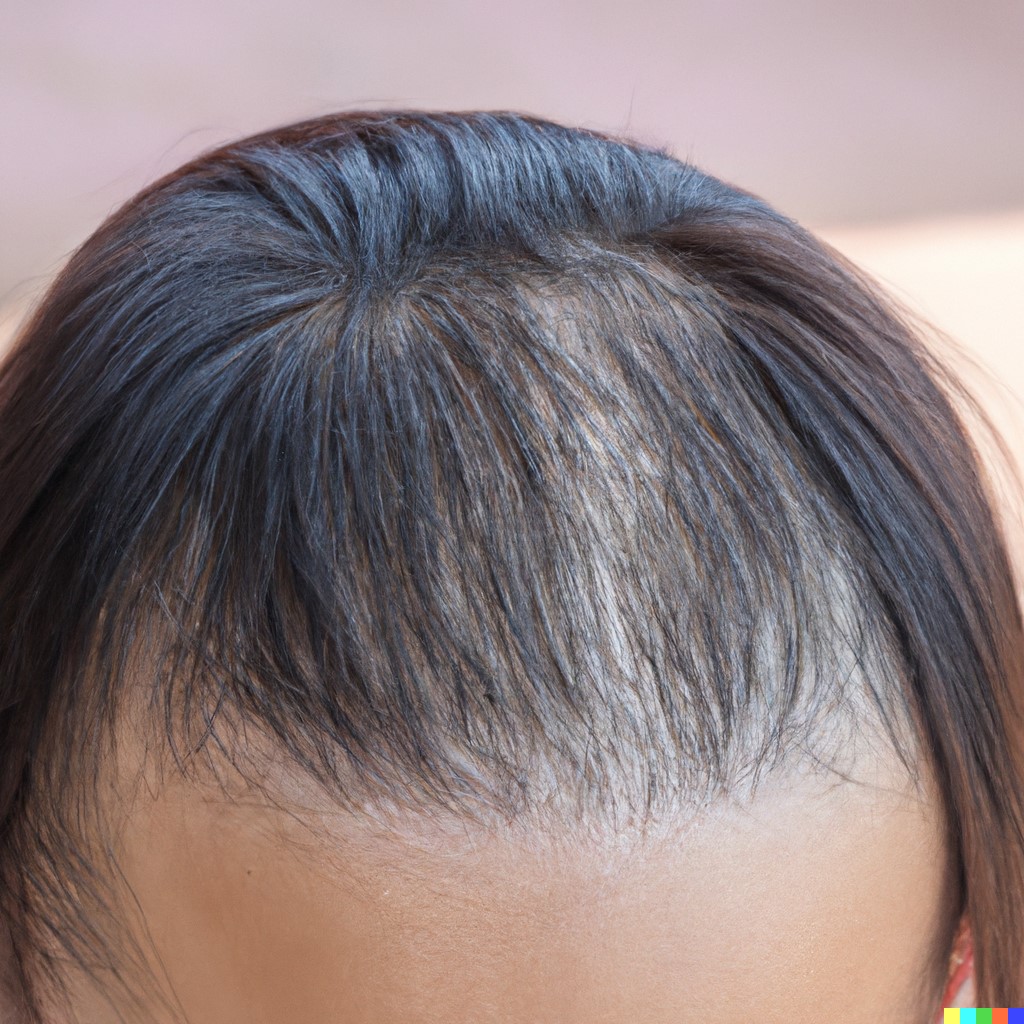Traction Alopecia: Understanding the Price of Styling

In the world of beauty and hairstyling, we often go to great lengths to achieve our desired looks. From tight hairstyles to frequent use of hair extensions, the pursuit of beauty can sometimes take a toll on our hair and scalp health. Traction Alopecia is a hair loss condition that results from the consistent pulling of the hair. In this article, we will delve into what Traction Alopecia is, its causes, symptoms, and how to prevent and treat this condition.
What is Traction Alopecia?
Traction Alopecia is a type of hair loss that occurs when there is consistent and prolonged tension on the hair follicles. This tension is often caused by certain hairstyles, hair accessories, or hair treatments that pull the hair tightly. Over time, this persistent pulling can damage the hair follicles, resulting in hair loss.
Causes of Traction Alopecia
Traction Alopecia is primarily caused by external factors, and the most common culprits include:
Tight Hairstyles: Hairstyles that involve tight braids, ponytails, cornrows, and dreadlocks are often associated with Traction Alopecia. The constant tension on the hair shaft and follicles can lead to hair loss.
Hair Extensions: The weight of hair extensions, especially when attached with glue or braids, can pull on the natural hair and cause Traction Alopecia.
Hair Accessories: Wearing tight hairbands, hairpins, or headbands that tug on the hair can also contribute to this condition.
Chemical Treatments: Chemical treatments such as relaxers and perms can weaken the hair shaft, making it more susceptible to damage and breakage from tension.
Improper Wig Usage: Wearing wigs that are too tight or not correctly secured can lead to hair loss due to constant friction and tension on the hairline.
Symptoms of Traction Alopecia
The primary symptom of Traction Alopecia is hair loss, which is often noticeable along the hairline and temples. Individuals may experience thinning hair or bald patches in these areas. In the early stages, the hair loss may be reversible if the damaging hairstyles or practices are discontinued. However, if left untreated, Traction Alopecia can lead to permanent hair loss.
Prevention and Treatment
Preventing Traction Alopecia involves making changes to your hairstyling and hair care practices. Here are some tips to prevent and address this condition:
Avoid Tight Hairstyles: Opt for loose or less restrictive hairstyles that place minimal tension on the hair follicles. If you choose tighter styles occasionally, ensure that you give your hair and scalp breaks in between.
Be Gentle with Hair Extensions: If you wear hair extensions, make sure they are not too heavy or tightly attached. Additionally, give your hair periods of rest between extensions.
Use Hair Accessories Wisely: Choose hair accessories that are gentle on your hair and scalp. Avoid tight headbands and rubber bands.
Proper Wig Usage: If you wear wigs, make sure they are the correct size and not overly tight. Secure them with care to avoid unnecessary tension.
Maintain Healthy Hair Care Practices: Avoid excessive use of chemical treatments and heat styling tools. Implement a hair care routine that promotes the health of your hair and scalp.
Seek Professional Help: If you notice signs of Traction Alopecia, it’s essential to consult a dermatologist or hair specialist. They can provide guidance on treatment options, which may include topical treatments to promote hair regrowth.
In conclusion, Traction Alopecia is a type of hair loss resulting from persistent and damaging hair styling practices. While it is preventable and treatable in its early stages, it can lead to permanent hair loss if left unaddressed. By adopting healthy hair care practices and being mindful of the hairstyles and accessories you use, you can protect your hair and enjoy a lifetime of beautiful, healthy locks.

